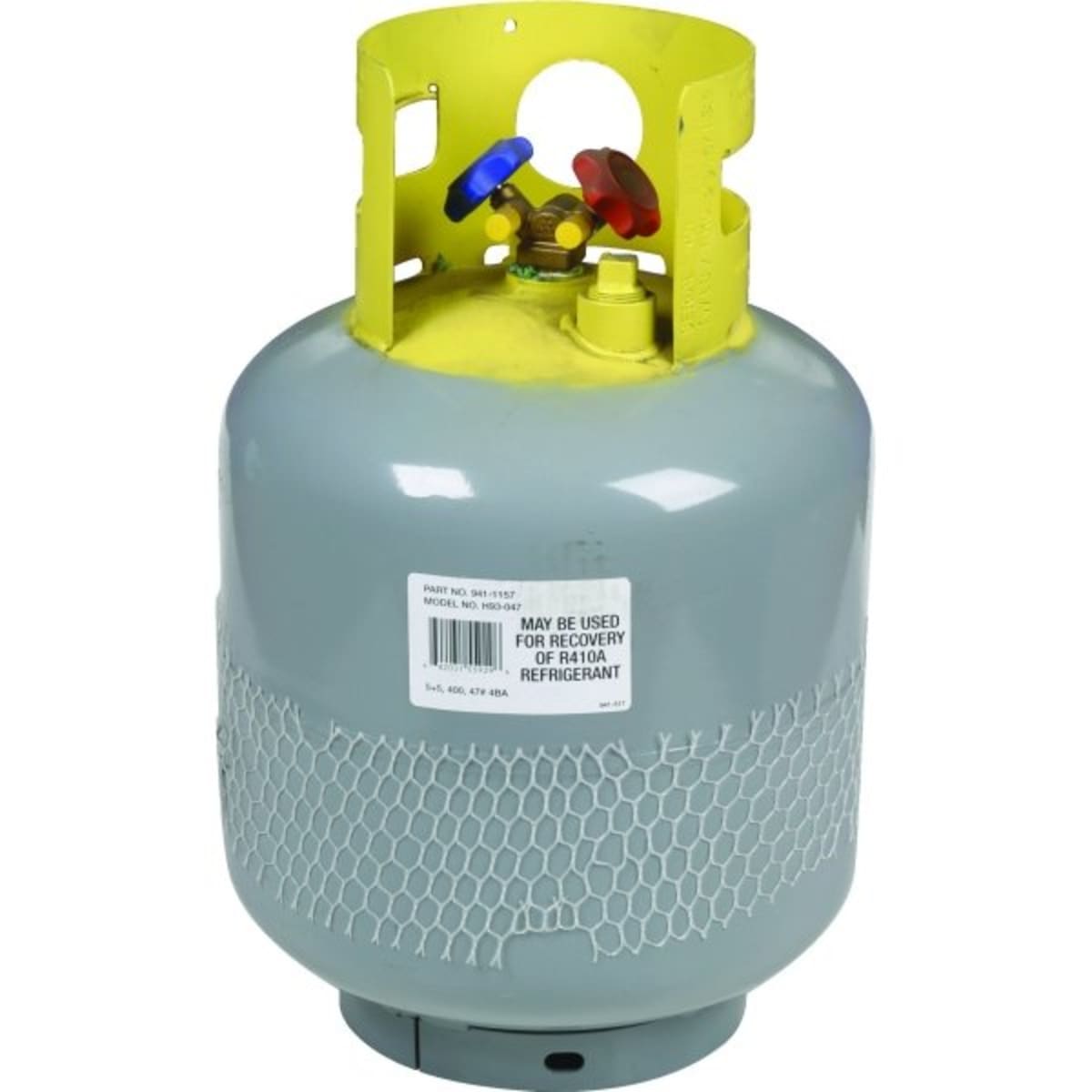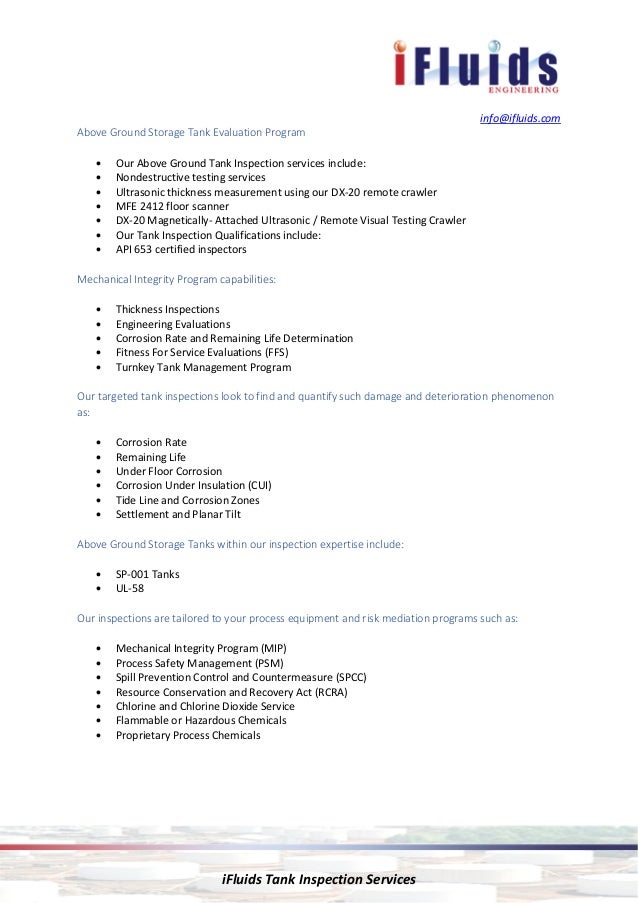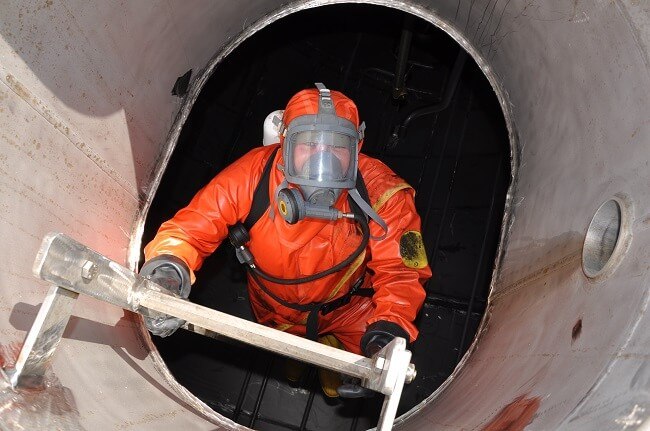How long is a recovery tank inspection good for. Requirements for equipment manufactured or imported after january 1 2017 are detailed in.

Septic Tank Depth How Deep Is The Septic Tank Where Will
How long is a recovery tank inspection good. A concrete septic tank. Hydrostatic or pneumatic see notes 2 and 3 all cargo tanks which are insulated with no manhole or insulated and lined except mc 338. Epa regulations 40 cfr part 82 subpart f under section 608 of the clean air act require that refrigerant recovery and recycling equipment be tested to ensure it meets epa requirementsfor most recovery and recycling equipment these requirements are detailed in appendix b2 to 40 cfr 82 subpart f. For new tanks this inspection should occur no later than 5 years after commissioning. Open up your tank a minimum of every two years and conduct your own visual inspection inside check for weld deterioration and corrosion if tank is coated visually check coating for blisters or cracks keep a record of inspections and results. A tank can be requalified by visual inspection.
2013 11 08 163025 2013 11 08 163025. A steel septic tank cover lasts until some fool drives over it or it rusts out. This tank would need to be requalified on 42020. Per dot regulations tanks need to be recertified every 12 years from date of manufacture and every 5 7 or 12 years thereafter depending upon how the last certification was performed. Once again its stamped on the tank collar. Cylinder recertification of refrigerant recovery cylinders is mandated by dot phmsa every 5 years.
Heating and cooling systems are usually the most expensive pieces of equipment in a house and they need regular maintenance in order to keep running efficiently and for a long time. The same can be said of refrigerant recovery machines which are some of the more expensive pieces of equipment used by. Refrigerant recovery machines are to contractors what hvac systems are to homeowners. All cargo tanks designed to be loaded by vacuum with full opening rear heads. A steel septic tank more than 15 or 20 years old is likely to have already rusted to the point of having lost its baffles and perhaps having a rusted out bottom conditions that can be recognized during septic tank cleaning and inspection. For refrigeration 5 years.
The subsequent inspection should occur no later than a 5 year interval where the corrosion rate is not known and may be extended up to a maximum 15 year interval or one half the estimated remaining corrosion rate life whichever is less. Failure to comply can result in fines up to 1000000 per cylinder found in violation.


















